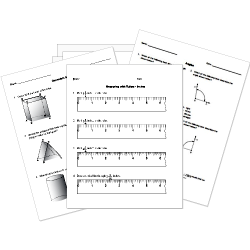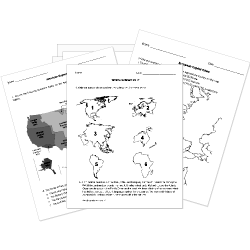Radio
Radio
This lesson aligns with NGSS PS4.C
Introduction
In the 21st century, for communication, we have smartphones for entertainment, TV for news, and Netflix for shows. Still, from the 18s and 19s, radio was the only source of information and communication for our parents. People listen to the radio while travelling and in other places where access to other forms of communication is not available. Radio helps to bring valuable information across borders where reliable news is hard to come by. In this article, you will learn about the history of radio, what radio waves are and its usage in radio broadcasting and its role in the modern world.
History of Radio:
Guglielmo Marconi, a famous electrical engineer known for radio wave invention, developed the first radio communication system in 1895. In the 19th century, Marconi performed a ground-breaking experiment on wireless telegraphy. He was able to send Morse code (a method to encode a message in telecommunication) messages across great distances without the use of wires. And on this basis, he invented the radio.
What are radio waves?
A radio wave is an electromagnetic wave (similar to x-rays and microwaves) that occurs at frequencies lower than microwaves. Radio-wave communications signals are carried straight through the atmosphere, reflected off clouds or ionosphere layers, or transmitted via satellites into orbit. They are utilized in cellular telephony, shortwave radio, regular broadcast radio and television, navigation and air traffic control, and even remote-controlled toys.
Radio Wavelengths:
Radio waves are electromagnetic waves with the longest wavelengths in the spectrum. Wavelengths are the distance between two wave peaks or troughs of the same phase; radio waves vary from 1mm to 100km. Radio waves have relatively longer wavelengths in comparison to others with lower frequencies.
Radio Wave Frequency:
Frequency is the number of wave oscillations per unit of time and is measured in Hertz (Hz)—the frequency of radio waves in the EM spectrum ranges from 300GHz to 3kHz. For example, radio works on two modes, AM and FM. AM stands for Amplitude Modulation, which oscillates in the kilohertz range. However, FM, which stands for Frequency Modulation, oscillates at Mega Hertz.
Radio Wave amplitude:
Amplitude alone is the maximum distance travelled to a point on a vibrating body and wave measured from its equilibrium position. Amplitude determines the strength of a radio wave. In radio broadcasting, amplitude helps to encode information, such as audio signals for AM radio.
How does radio work?
A radio works by transmitting and receiving electromagnetic waves. So, a radio communication system has three essential components—the Transducer, Transmitter, and receiver. Transducers convert the audio signal into an electronic signal or back to an electric signal into audio information.
Transmitters generate and transmit radio waves by oscillating electrons in the antenna. The radio station encodes audio information into EM waves by modulating with wave amplitude modulation AM or frequency modulation FM. However, the receiver picks up the signals of these radio waves and translates them into the sound we hear from the radio.

AM Vs FM
AM radio transmission works the same way as FM, but how the carrier wave is modulated or altered is how it encodes the information.
Amplitude modulation (AM)
Amplitude modulation (AM) is a modulation technique in which the amplitude of a carrier wave is modulated according to the information signal. Lower carrier frequencies are used for AM broadcasts to help them travel for longer distances. The AM travels a far greater distance than the FM.
Frequency Modulation (FM)
Frequency Modulation (FM) is a modulation technique in which the frequency of a carrier wave is modulated according to the signal that carries information. The sound quality is significantly better because radio waves have a wider bandwidth than AM radio frequencies. Stereo signal transmission is also possible using frequency modulation.
Radio Waves And Modern Technology
Radio is a century-old invention combined with modern technology. Traditionally, it was used for broadcasting news, music, and information. But radio and radio waves have evolved and become a critical part of our digital lives.
Radio is no longer restricted to AM/FM frequencies in this digital age. Listeners now have a wide variety of options for internet radio and podcasting platforms, which enable them to broadcast content worldwide.
Radio Waves are the bedrock of wireless communication as wireless devices have made our lives connected and well-informed. Cell phones to Wi-Fi Networks are obliged to this electromagnetic wave radiation range technology, radio wave. However, Radio is now deeply integrated with modern technologies, enriching our lives and making communication faster and more accessible.
Summary
- Guglielmo Marconi developed radio waves in 1895 and thus invented the radio.
- Radio works with two essential components: the transmitter and receiver: a transmitter generates signals from a radio station that encodes audio information, which the receiver will then receive. The receiver in the radio then catches the signal in electromagnetic waves, which then decodes the signal into audio data.
- AM and FM are modulation techniques; differences lie in how they encode information. AM is the amplitude of the carrier wave according to the information signal. However, FM is the frequency of a carrier wave. It is modulated according to the motion that carries information.
Related Worksheets:













